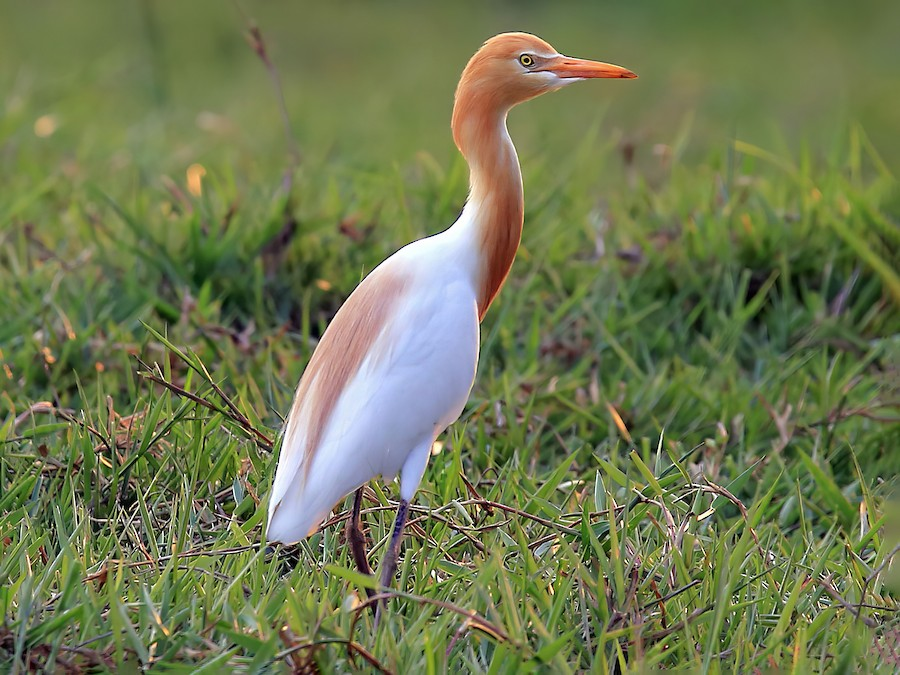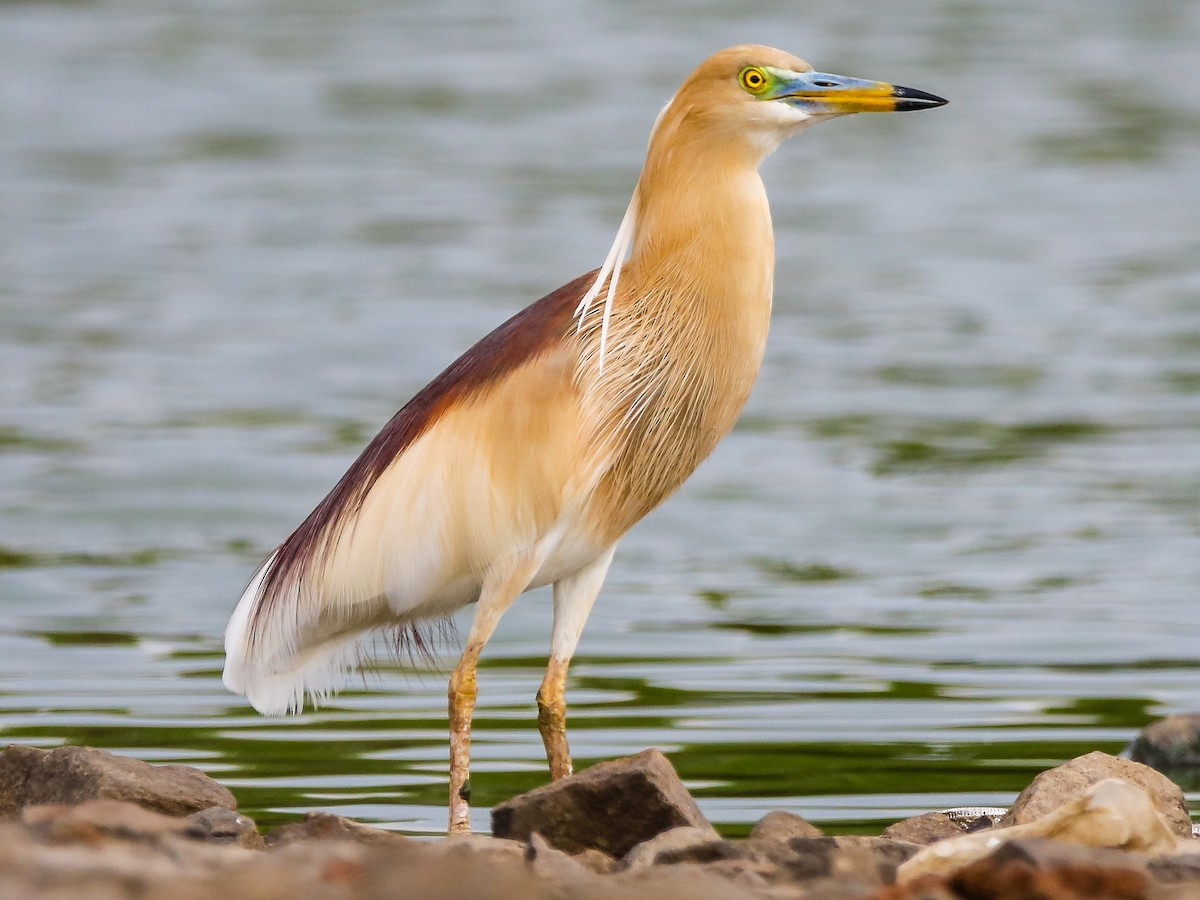Lily Risk
Imagine you are on a boat gliding silently down a canal, listening to the sounds of a tranquil mangrove forest. It is a harmonious and gentle song with the rhythmic lap of water against the boat, the humming of insects, and the birds of Sundarbans calling near and far.
Suddenly, chestnut feathers glistening in the sunlight soar overhead and draw your gaze. Your heart races as you catch a glimpse of iridescent plumage flashing like a living rainbow. Then you spot a small, spotted bird expertly diving for its next meal in the shimmering waters below. As you venture deeper, the melodious cooing of a hidden dove weaves through the rustling mangrove leaves. Each bird you encounter adds a new layer of wonder to the diverse array that flourishes in the Sundarbans.
Whether you’re a passionate birdwatcher or simply a lover of nature, journey to this UNESCO World Heritage site and experience these sights and sounds yourself! With over 260 avian species to see, you can start checking off your observations list by looking for these five fascinating birds of the Sundarbans:
1: Brahminy Kite (Haliastur indus)
© Peter Taylor eBird S38365223 Macaulay Library ML 64586191
The Brahminy Kite is the most common raptor species in the Sundarbans. This striking bird has a distinctive chestnut body and white head. If you are lucky enough to spot a juvenile, you’ll notice its body has a darker brown color, and distinctive white patches under their wings. Often seen soaring gracefully above the mangroves, this extraordinary raptor is a highlight for bird enthusiasts.
Where to See Them: Look along the rivers and open areas, especially near fishing spots where they hunt for prey.
2: Cattle Egret (Bubulcus ibis)
© Cristina Baccino eBird S59700886 Macaulay Library ML 176720111
The Cattle Egret is best described as a small white heron with a short yellow bill. However, this bird has a different look based on whether or not it is breeding season. During the breeding season, be on the lookout for its bright orange head, breast, and bill! You can also expect its leg color to vary from reddish yellow (during breeding season) to a dark black (during the non-breeding season). Be sure to keep a sharp eye!
Where to See Them: These birds are seen most often in dry habitats, but are also seen in rice paddies or shallow wetlands. Try to spot these birds during the early morning or late afternoon when they are most active.
3: Kingfishers (Alcedinidae family)


Various kingfisher species inhabit the Sundarbans, including the vibrant Common Kingfisher and the agile Pied Kingfisher.
The Common Kingfisher is a stunning mix of blue and orange feathers with a long dark pointed bill. It's a sharp contrast to the Pied Kingfisher, which has a mix of black and white patterned feathers. You can often see the latter bird hanging out in pairs or even small groups.
Where to See Them: The Common Kingfisher is found near most freshwater habitats with small fish, including lakes, ponds, or streams. Additionally, the Pied Kingfisher is usually hovering above the water when looking for prey. You can also find them near a range of waterside habitats, such as lakes or mangroves.
4: Indian Pond Heron (Ardeola grayii)
© Indranil Bhattacharjee eBird S42592134 Macaulay Library ML 85118621
The well-camouflaged Indian Pond Heron has a subtle brown and white plumage that helps it blend in with the environment. When spotted standing near the water, look out for its dark-reddish brown back, or look up to try and catch a glimpse of its strikingly white wings, underparts, and tail feathers as it flies overhead.
Where to See Them: Search along the edges of wetlands and shallow waters, particularly in the early morning. You may be lucky enough to catch a group of them if you pass by a spot with lots of food!
5: Oriental Turtle Dove (Streptopelia orientalis)

Although their plumage can vary, when looking for the Oriental Turtle Dove keep an eye out for their dusty gray and orange feathers as they fly among the tree canopies or forage for food on the ground. While these birds are rather shy, you can hear their distinctive soft cooing across the forests of the Sundarbans.
Where to See Them: Look for them in open woodlands, gardens, and near water bodies, especially during the early morning or late afternoon when they are most active.
Honorable Mention: Masked Finfoot (Heliopais personatus)
© Foridi Numan Macaulay Library ML 150514641
The critically endangered Masked Finfoot, with its striking combination of dark plumage and distinctive white facial markings, is one of the forest’s rare gems. This elusive bird, often found lurking among the dense mangrove thickets and shallow waters, embodies the unique beauty and the environmental importance of the Sundarbans.
Where to See Them: Sightings are rare, as they are a reclusive and an endangered species. You can hope to spot them typically at dawn or dusk, swimming in well-vegetated waterways near mangroves, or in swamps and shaded rivers.
Happy Bird Watching!
The Sundarbans offers a breathtaking glimpse into the world of avian diversity, showcasing the beauty and adaptability of its feathered inhabitants. From the majestic Brahminy Kite soaring above the mangroves to the elusive Oriental Turtle Dove nestled in the tree canopies, each bird contributes to the diverse and vibrant ecosystem of this UNESCO World Heritage Site. We hope you decide to embark on a journey that will not only deepen your appreciation for the birds of the Sundarbans but also support the protection of their home.
To truly experience this avian paradise, we invite you to book a guided tour through GSETS, where expert guides will help you uncover the secrets of this unique habitat.
Enhance your birdwatching adventure by tracking and posting your avian observations on the iNaturalist project: Bangladesh Sundarbans, contributing to conservation efforts and connecting with a community of nature enthusiasts and citizen scientists.
Credit: Our thanks to https://ebird.org/ - eBird is a project of the Cornell Lab of Ornithology and is supported entirely by grants, sponsors, and donations. All images used here for non-profit, educational purposes are sourced from eBird and are attributed to the individual copyright owners / photographers accordingly. Please contact us at admin@greatersundarbans.org for any issues.
About the Author
Lily Risk
Lily Risk is a 2025 graduate from George Washington University, studying Political Science and Economics. As a Fall 2024 intern at Solimar International, she had various assignments, including developing content to support sustainable tourism development in the Greater Sundarbans.